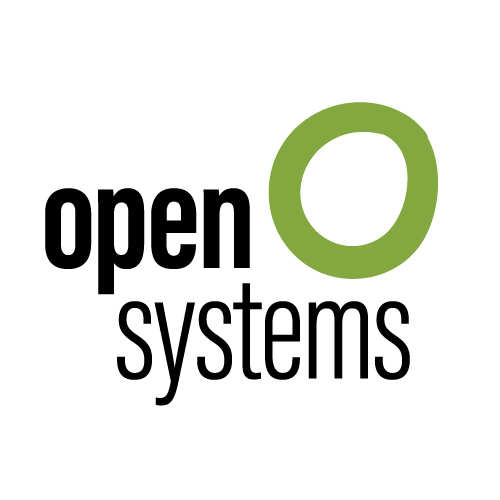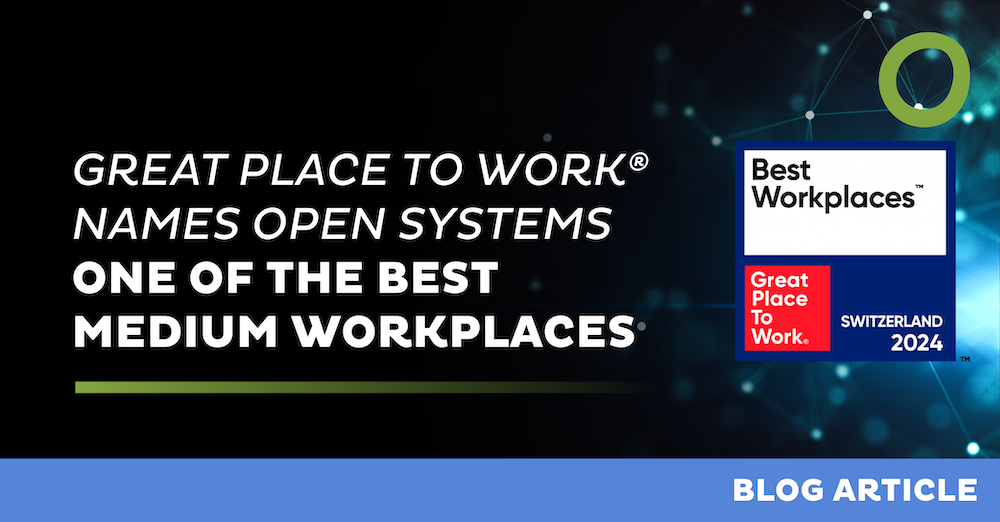
Dealing with the Deadlock of Skills Shortage and Rising Complexity


Companies these days face a noticeably challenging situation, often enhanced by unrealistic expectations: How are they supposed to manage the constantly increasing network and security complexity, while there are nowhere near enough skilled IT personnel available? All amidst the rise of sophisticated technologies such as Secure Access Service Edge (SASE), also known as Zero Trust Edge (ZTE).
It smacks of deadlock, yet business must go on. To navigate such a demanding landscape, let’s take a look at strategies that optimize resources, streamline operations, and leverage the expertise of network and security operations providers.
1. Consolidation for efficiency and cost-effectiveness
- Eliminate point solution chaos: By consolidating connectivity, network, and security technologies into a unified SASE platform, organizations can reduce complexity and streamline management.
- Optimize architectures: Harmonizing architectures across all layers (last-mile, WAN backbone, network, and security) ensures seamless integration and improved performance.
- Lower costs: Consolidation can lead to cost savings through reduced license fees, hardware requirements, and operational expenses.
For example, if a machine at one site regularly downloads enormous design files from another site, you need optimized, high-quality connectivity, with low latency, low packet loss and jitter, and sufficient bandwidth. Direct routing in the network will produce more effective results than detours. Similarly, the security level for such file transfers needs to match, so the task doesn’t get delayed by irrelevant firewall blocks – it needs to be encrypted, and the firewall policy must allow the necessary actions.
2. Centralized management for efficiency and transparency
- Enhanced visibility: A centralized, cloud-native management platform provides a comprehensive view of your network and security infrastructure.
- Consistent policies: Enforcement of consistent policies across your entire IT environment becomes much easier.
- Simplified change management: Organizations can then streamline the process of implementing changes and updates.
Suppose employees need company resources for a variety of scenarios, for instance either while on site, or traveling on business, and possibly working from remote locations, or on projects with partner companies. All these users need to be protected no matter where they are. Uniformly. That’s why consistent web security policies need to be defined and configured centrally and transparently, to ensure that malicious web content gets blocked irrespective of where the users happen to be when they access the resources.
3. Smarter operations with AI and automation
- Improved monitoring: Suitable monitoring capabilities enable you to identify and address issues proactively.
- Self-healing mechanisms: Automated processes can resolve common problems without human intervention.
- AI-powered insights: It is feasible to leverage AI for data analysis and gain valuable insights into network performance and security effectiveness.
To give an example: When a network connection is down, a routing engine can automatically reroute traffic over another connection; or prioritize business-critical traffic. On a larger scale, if there is an extensive internet outage or a new security incident, individual companies are likely to benefit from the data aggregation done by a security operations center, instead of going it alone. Aggregated data tends to show patterns of what is happening at large, which means that countermeasures can be applied more rapidly.
4. Partnering with quality providers
- Expert support: Choose a provider with a team of highly skilled professionals who can handle complex IT challenges.
- 24×7 support: Ensure round-the-clock support to address issues promptly.
- Focus on value: Select a provider that prioritizes delivering value through effective problem-solving and proactive management.
- Cost-effectiveness: Consider the total cost of ownership (TCO) to evaluate whether outsourcing is a financially sound decision.
Engineers who work for a network and security operations provider have much more experience – particularly in handling incidents rapidly – and can focus on the best practices in their field. They can be a useful extension of the, usually, understaffed IT teams within companies that tend to be made up of IT generalists, whose main responsibilities are keeping track of and supporting wider company projects and IT architecture.
Summary
By being aware of and implementing the above strategies in a way that fits their business, organizations can overcome the challenges posed by the complexity of modern IT infrastructure without enough staff to run it.
To bypass the skills shortage and complexity deadlock, organizations can focus on consolidating technologies, centralizing management, leveraging AI, and partnering with quality providers. Which can greatly improve efficiency, reduce costs, and enhance security.
Leave Complexity
Behind
To learn how Open Systems SASE Experience can benefit your organization, talk to a specialist today.
Contact Us




